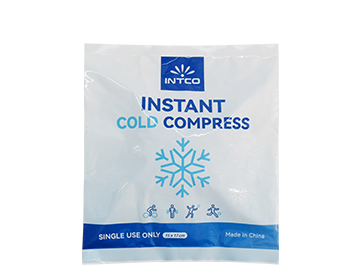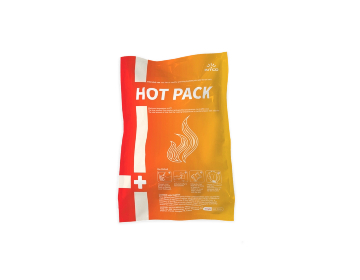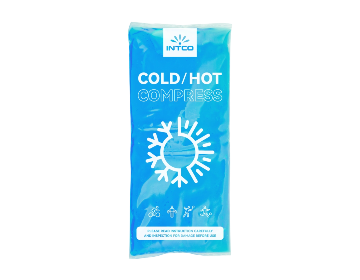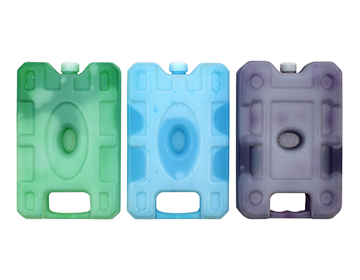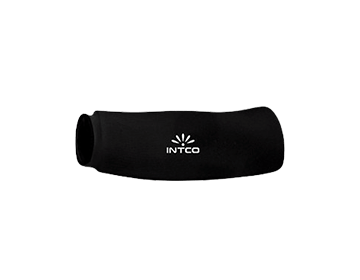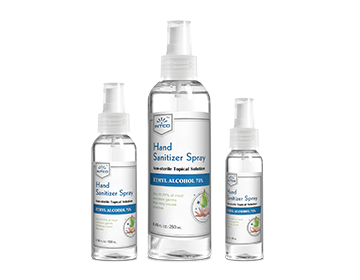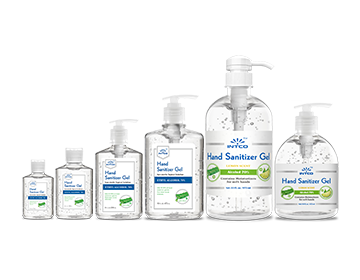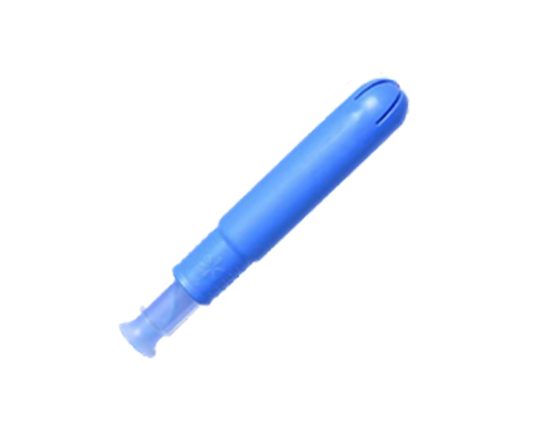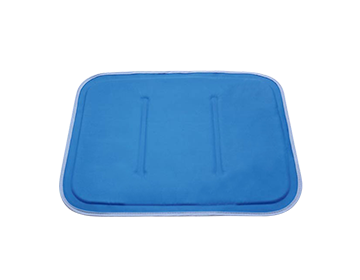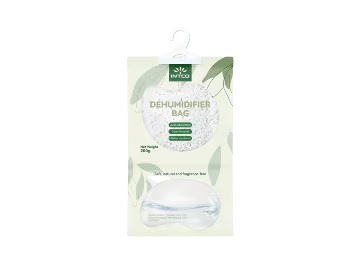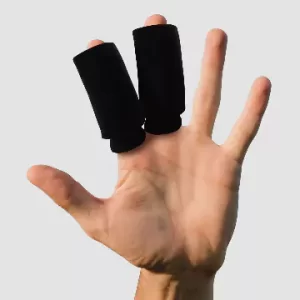Best Finger Ice Packs for Rehabilitation and Everyday Injuries
Finger injuries—whether from sports, daily household activities, or work-related strain—are extremely common. Because fingers are small but richly supplied with nerves, even mild injuries can cause significant discomfort. Ice therapy remains one of the simplest and most effective ways to reduce swelling, numb pain, and accelerate healing.
This guide explores the best finger ice pack options, how they work, and what features matter most during rehabilitation. It is crafted for both everyday users and rehabilitation professionals seeking reliable cold-therapy solutions.
Why Finger Ice Packs Are Essential for Recovery
Reduce Swelling and Inflammation
According to the Mayo Clinic, applying cold therapy immediately after an injury helps constrict blood vessels, reducing internal bleeding and inflammation. For fingers—where swelling can quickly limit mobility—ice therapy provides fast relief and prevents symptom progression.
Relieve Pain Naturally
Cold packs decrease nerve conduction speed, which lowers pain signals sent to the brain. This makes them especially useful for:
· Jammed fingers
· Sprains
· Tendon strain
· Post-surgery recovery
The American Academy of Orthopaedic Surgeons (AAOS) recommends cold therapy as a first-line treatment in most acute finger injuries.
Support Rehabilitation and Return to Activity
Maintaining mobility is critical. Timely cold therapy allows users to resume daily activities sooner while preventing long-term stiffness.
Types of Finger Ice Packs and Their Benefits
Gel Finger Ice Packs
Gel ice packs are among the most popular due to their flexibility. Even when frozen, the gel stays soft, allowing the pack to wrap securely around the finger.
Key Advantages
· Conforms to finger shape
· Reusable and economical
· Provides consistent cooling for 15–25 minutes
· Safe for both children and adults
Best for:
Sprains, minor fractures, post-exercise fatigue, and household injuries.
Instant Finger Cold Packs
Instant cold packs do not require freezing. They activate through a simple squeeze or press, triggering an endothermic reaction that produces immediate cooling.
Key Advantages
· Portable, lightweight, always ready
· Ideal for outdoor use, sports, or travel
· Provides rapid pain control
Best for:
Sports injuries, emergency first aid kits, and workplace safety programs.
Finger Sleeves with Built-In Ice Packs
These are fabric sleeves embedded with cooling gel or beads. They slide directly onto the injured finger and stay in place without needing additional support.
Key Advantages
· Hands-free use
· Comfortable for prolonged wear
· Provides mild compression + cold therapy
· Prevents frostbite by distributing cold evenly
Best for:
Trigger finger, arthritis, tendonitis, and repetitive strain injuries.
How to Choose the Best Finger Ice Pack
Cooling Performance
Look for ice packs that:
· Maintain temperature long enough for a standard 15–20-minute therapy session
· Cool quickly for instant relief
· Use high-quality gel or cooling compounds
High-performance cooling helps reduce symptoms faster and supports better functional recovery.
Fit and Comfort
An effective finger ice pack must provide snug contact without restricting circulation.
Choose options that:
· Offer adjustable straps
· Use elastic or soft-touch materials
· Wrap fully around the injured area
Good fit ensures consistent cooling and maximizes therapeutic benefits.
Safety and Non-Toxic Materials
Health professionals such as those referenced by the Cleveland Clinic emphasize the importance of medical-grade, non-toxic polymers for skin-contact products.
Safe materials reduce risks of skin irritation or allergic reactions.
Durability and Reusability
For ongoing rehabilitation—especially chronic conditions or sports recovery—reusable gel finger packs provide excellent value. Look for:
· Strong seams
· Leak-resistant construction
· Easy-to-clean surfaces
These features ensure long-term reliability.
How to Use a Finger Ice Pack Safely
Follow the 15–20 Minute Rule
Most experts recommend applying cold therapy for 15–20 minutes at a time, 2–3 times a day.
Longer sessions can reduce blood flow too much and delay healing.
Avoid Direct Skin Contact
Wrap the ice pack in a thin cloth if it feels too cold.
This helps prevent frostbite—especially when using instant packs or packs stored in very cold freezers.
Combine Cold Therapy with Gentle Movement
After swelling decreases, incorporate light stretching to maintain mobility.
Cold + movement = better rehabilitation outcomes.
Recommended Finger Ice Pack Uses
Everyday Injuries
· Cooking burns (after the heat source is removed)
· Jammed fingers from daily activities
· Accidental impacts
Sports Injuries
· Basketball, volleyball, and climbing injuries
· Tendon strain during training
· Repetitive-use pain
Rehabilitation & Medical Care
· Post-surgery care
· Arthritis flare-ups
· Trigger finger therapy
· OT/PT rehabilitation routines
Conclusion: Choosing the Best Finger Ice Pack for Recovery
Finger injuries may be small, but proper care is essential for full recovery—and cold therapy remains one of the simplest, safest, and most effective treatments. Whether you need a reusable gel pack, a portable instant cold pack, or a supportive cold-therapy sleeve, choosing high-quality materials and reliable medical-grade construction will greatly improve comfort and rehabilitation outcomes.
INTCO Medical, as a global manufacturer of cold therapy products, offers OEM/ODM solutions including gel finger packs, instant cold packs, and multi-use rehabilitation cold compresses for clinics, brands, and distributors. If you’re looking for dependable, high-quality finger ice packs tailored for rehabilitation or retail markets, INTCO Medical can support your needs with professional manufacturing and customization.
FAQ: Best Finger Ice Packs for Rehabilitation
1.How long should I ice a finger injury?
Typically 15–20 minutes per session, up to several times a day.
2.Can I use an instant cold pack for finger injuries?
Yes. Instant packs provide immediate cooling and are ideal for emergencies or sports injuries.
3.Are gel packs safe for children?
Yes, as long as they are made of medical-grade, non-toxic materials and used under supervision.
4.When should I avoid ice therapy?
Avoid icing areas with poor circulation or open wounds unless directed by a healthcare provider.
5.Do finger ice packs help with arthritis?
Cold therapy can help reduce inflammation and pain during flare-ups. Combined with proper exercise, it supports joint mobility.

